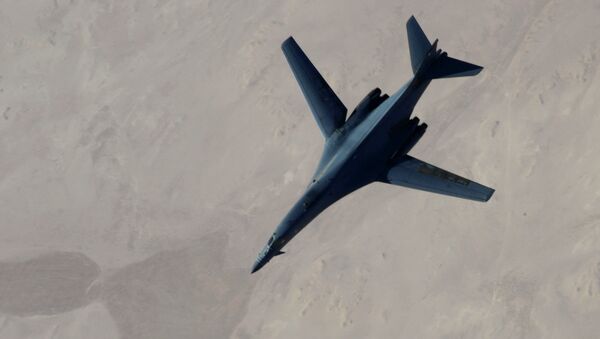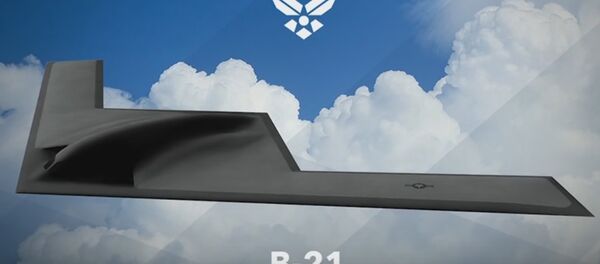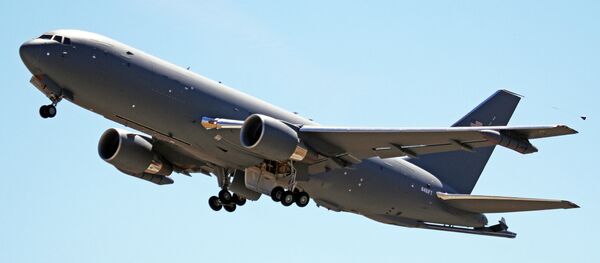Boeing has been granted a patent for the new design, reportedly meant to help the bomber take on additional roles with enhanced close-air support. Weapons being considered by the company include a "machine gun, a chain gun, a cannon, an autocannon, a rail gun, a projectile firing device, or a laser weapon," according to the patent.
The bomber's supersonic speeds won't be hindered by the new addition, either. "By mounting the weapons system within a weapons bay, the aircraft may operate at supersonic speeds when the weapons system is retracted, extended, or both," the patent states. "By including a weapons system on board an aircraft, functionality of the aircraft may increase and the aircraft may gain additional capabilities. For example, a bomber may be able to provide close-air support or better support ground troops."
"There are currently no plans or customer requirements to install this specific system. However, the USAF has asked Boeing to innovate and Boeing is responding," Lori Rasmussen, a spokeswoman at Boeing told Military.com Monday.
But Boeing isn't just creating solutions to problems that don't exist. Experts who spoke with Military.com characterized the plan as responsive to concerns of troops on the ground, who want human eyes doing the targeting.
"They don't trust that a precision-guided weapon from a Reaper, F-16, B-1 or whatever is going to hit the right target at the right time and not hit them. They want guns with the operators overhead," a defense analyst told Military.com.
"When our teams bring forward ideas that could have future value for our customers, we will submit a patent application, even when there is no explicit customer requirement for the innovation," Rasmussen said.
The new weapons could also help the bomber fight off retirement, which is scheduled for 2036, and potentially cut the Air Force's spending by using more of the cheaper weapons and fewer precision-guided bombs.




